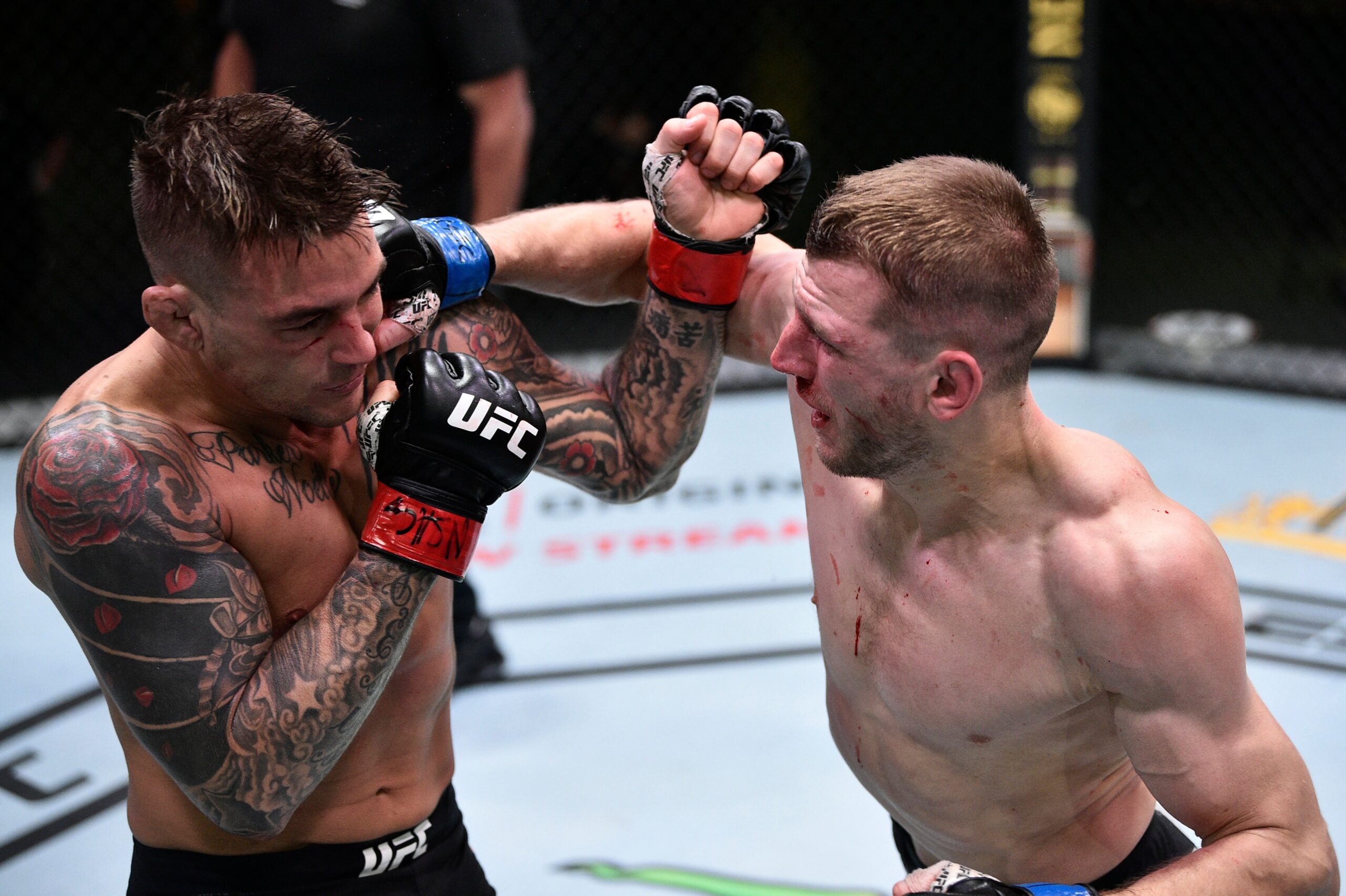To a new fan, it may seem like UFC has a lot of terminology for a sport that just consists of watching two guys pulverize each other. Toward the end of fights, words such as TKO, submission and decision are used when announcing the winner. And while you are often able to tell who the winner due to a person lying motionless on the ground, it is nice to know what TKO, submission and decision actually mean.
TKO
Unlike its cousin the KO, TKO isn’t quite as mainstream. When people hear the expression “KO,” most people understand that it means a knockout. TKO stands for “technical knockout” and is very similar to a knockout. The main difference between the two is that with a KO, the losing fighter is unconscious and physically unable to continue, but with a TKO, the losing fighter may still be up on their feet, but the judge feels it is too dangerous to continue fighting. In a sport like boxing, KOs are more common among the heavier weight classes, such as heavyweight, while there are likely to be more TKOs or decisions among the lighter weight classes.
Submission
Boxers and UFC fighters are some of the toughest and most competitive people on the planet, but there are times where they recognize it is better to quit fighting than risk serious injury. When a fighter decides to quit fighting, or “tap out,” the fight ends, and this is where we see a winner by submission.
Decision
The third way a fight can end is by decision. In order for a fight to be decided by decision, both fighters will have made it through the allotted number of rounds without getting knocked out or submitting. That leaves determining the winner in the hands of the judges, who score each round based on a number of factors, including punches landed. Three judges are used and there are two different types of decisions. The names of the decisions are fairly self explanatory — a unanimous decision is when all three judges pick the same winner, and a split decision is when two judges pick one winner and there is a dissenter.

Like all of us, judges are human and have been known to botch a decision on occasion. Much like when there is a bad call or no call in an NFL game, such as the infamous Tuck Rule, there is bound to be controversy. What can be especially frustrating about a decision compared to other sports is that although there may be poor calls over the course of a game, players almost always have an opportunity to respond and overcome the call with superior play. With a decision in boxing, there is no such opportunity because the scoring is done once the fighting has ended.
For the new fans to the sport or the casual fan who only watches boxing once a year during whichever iteration of a hyped Floyd Mayweather fight is occurring, you now know the three different ways a fight can end.
Picture Credit: Twitter









